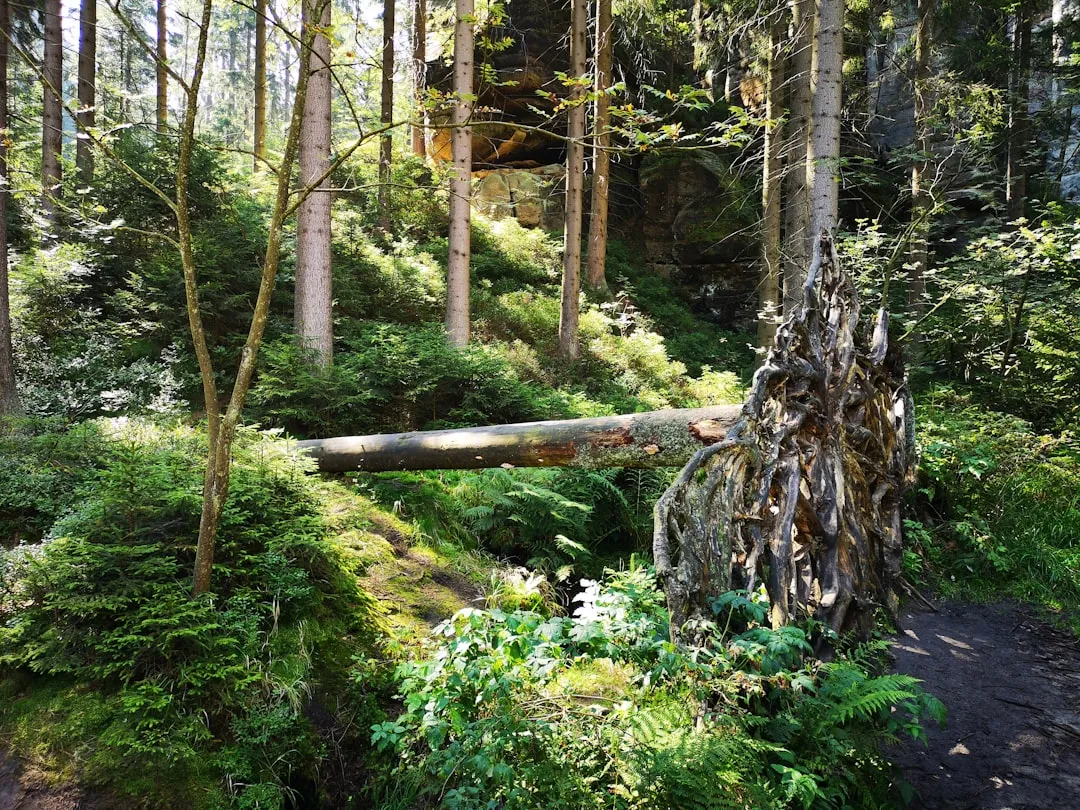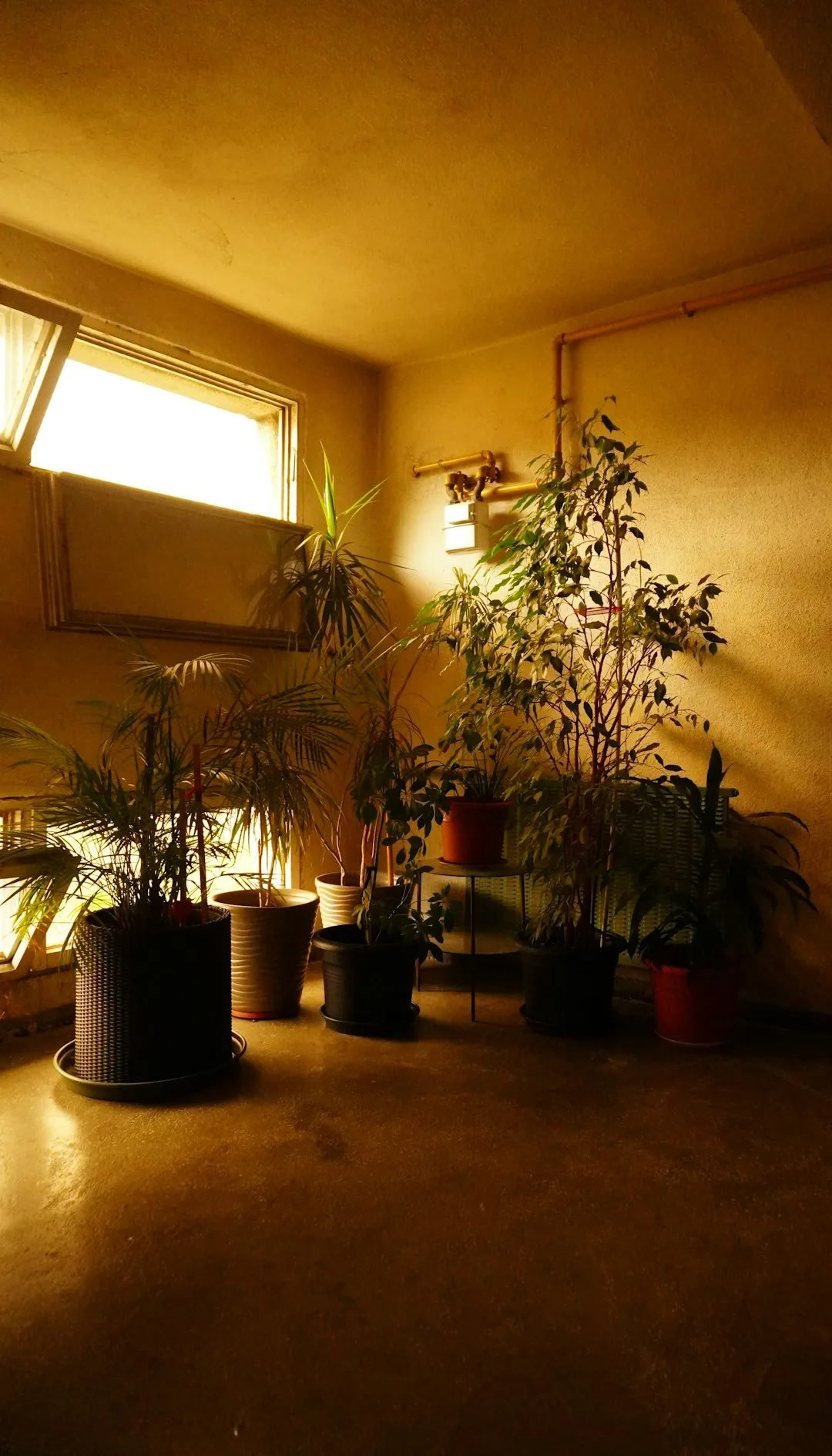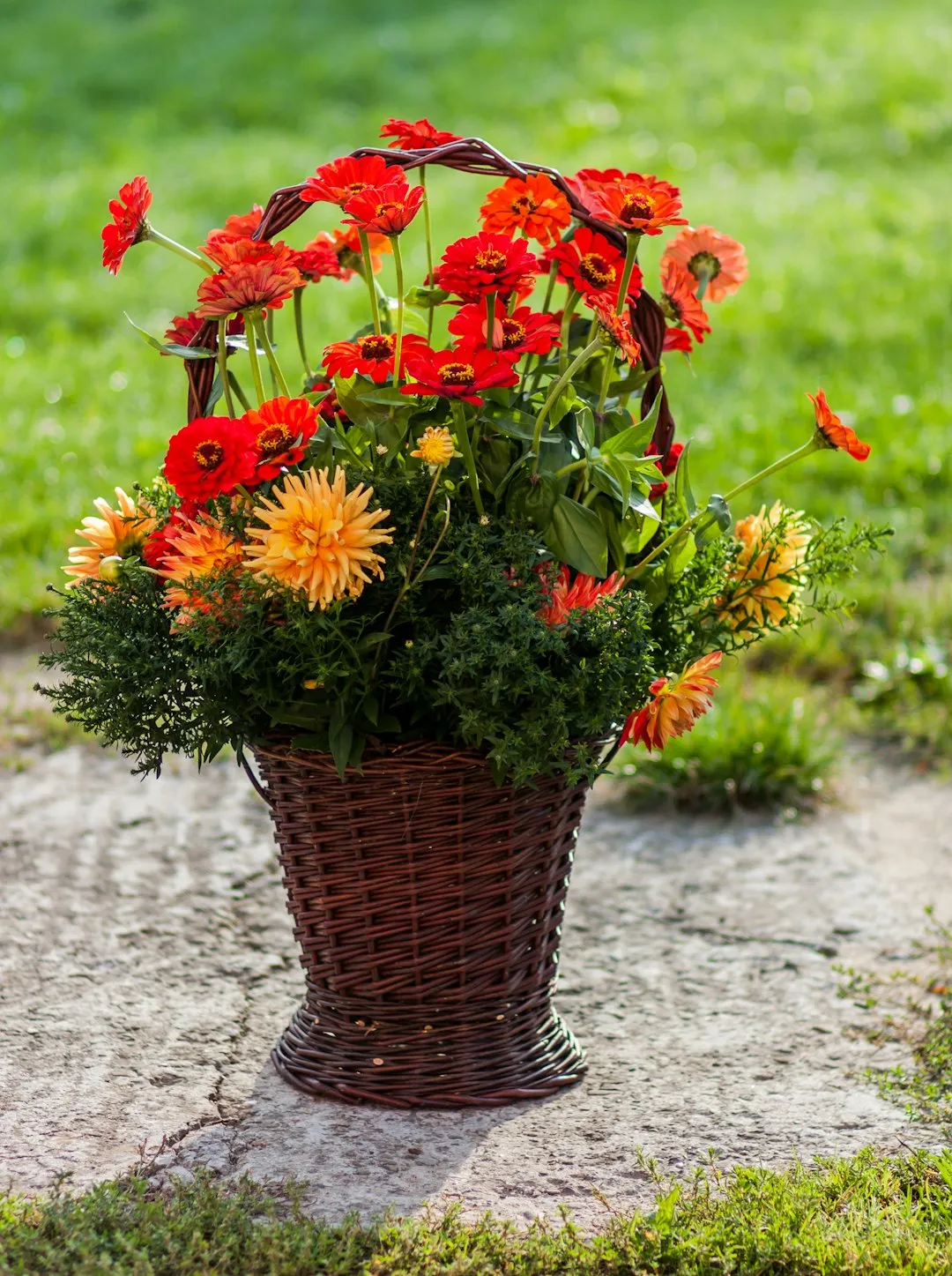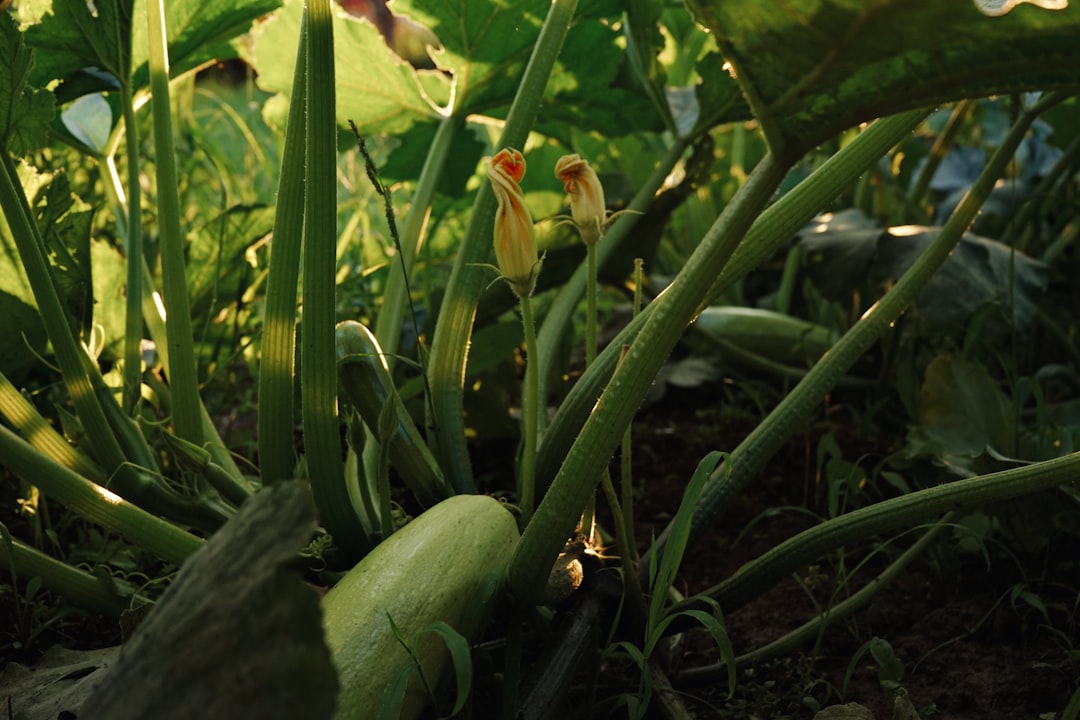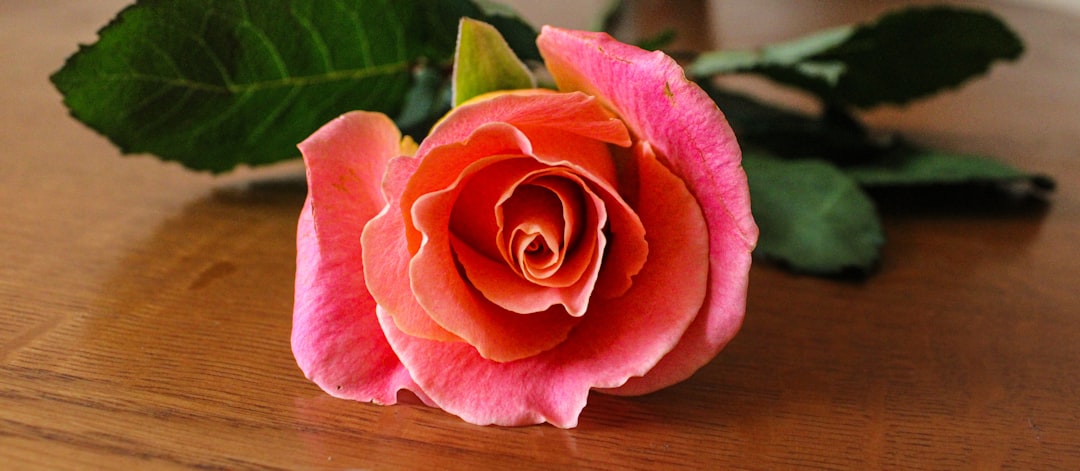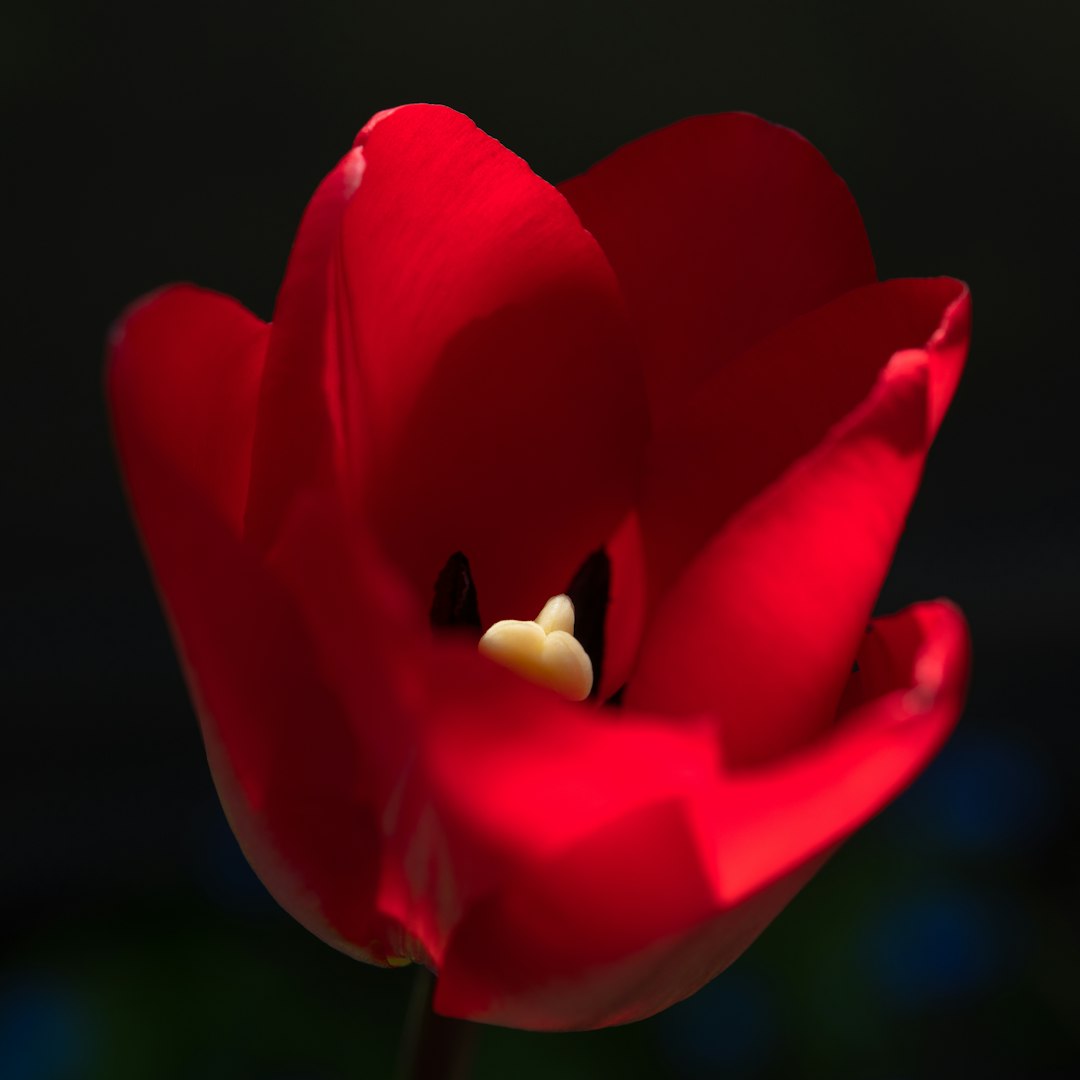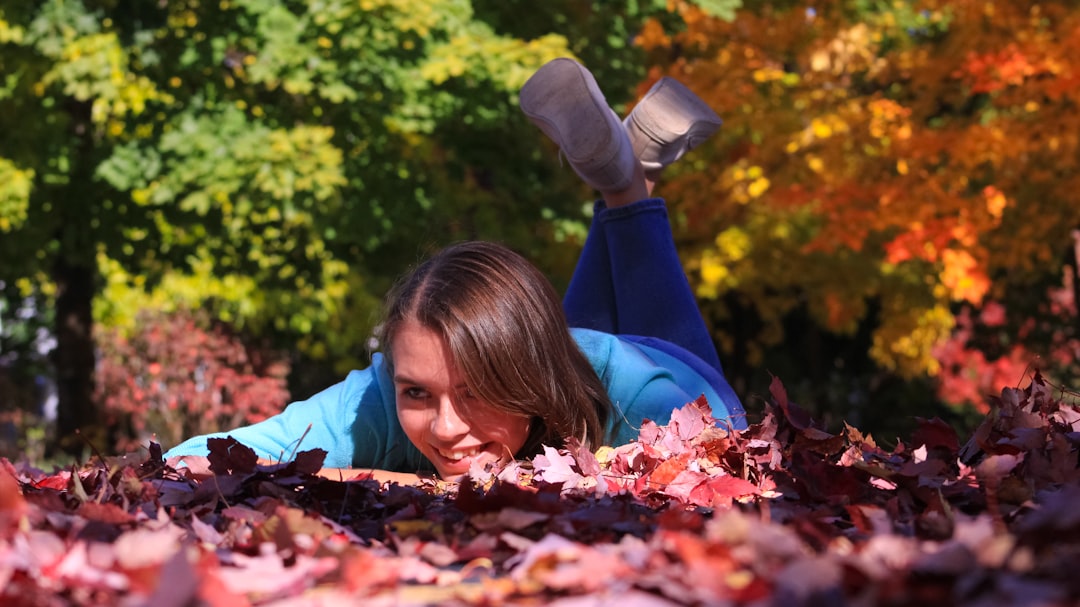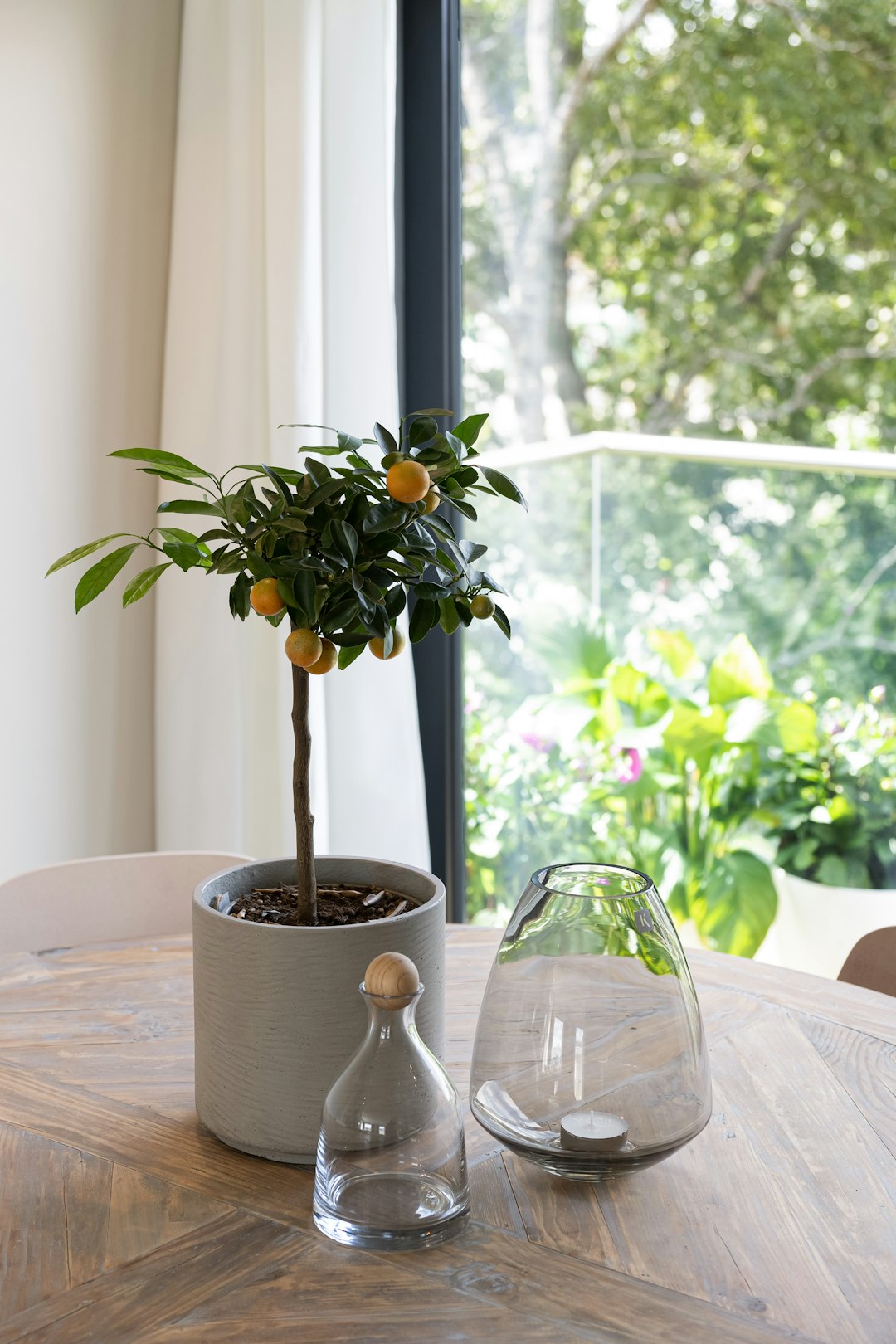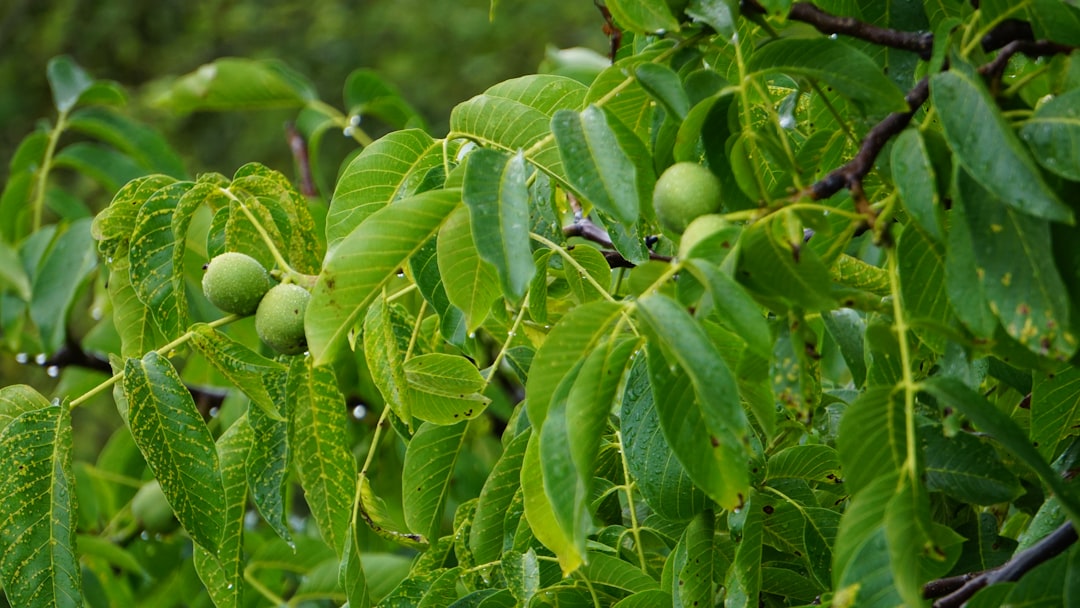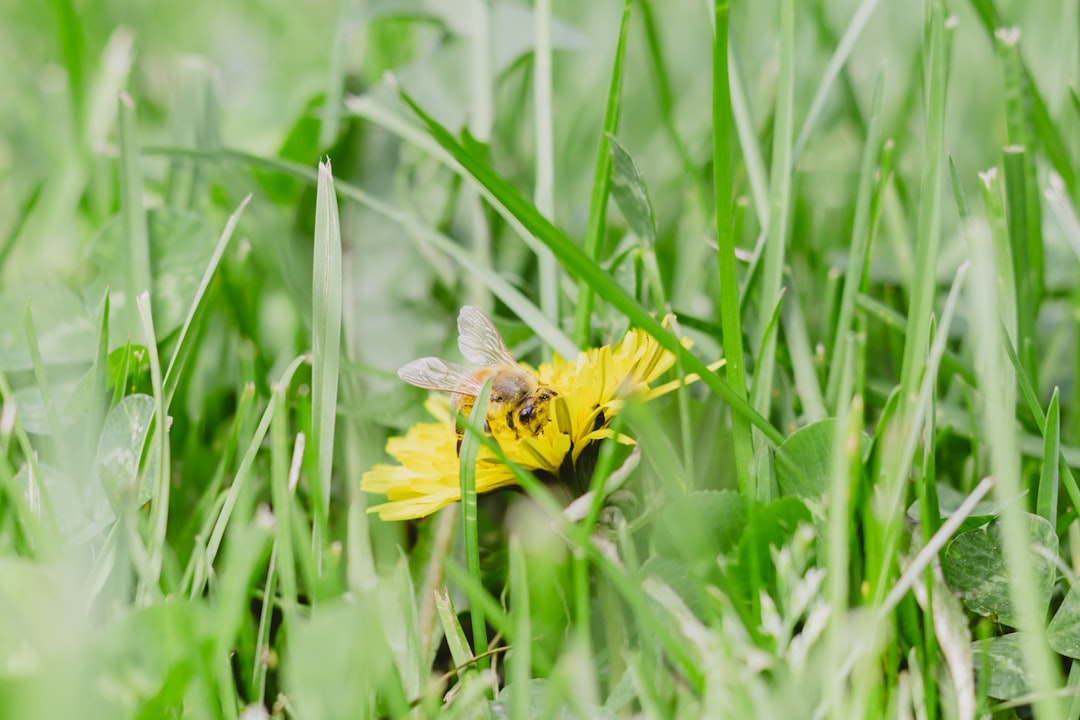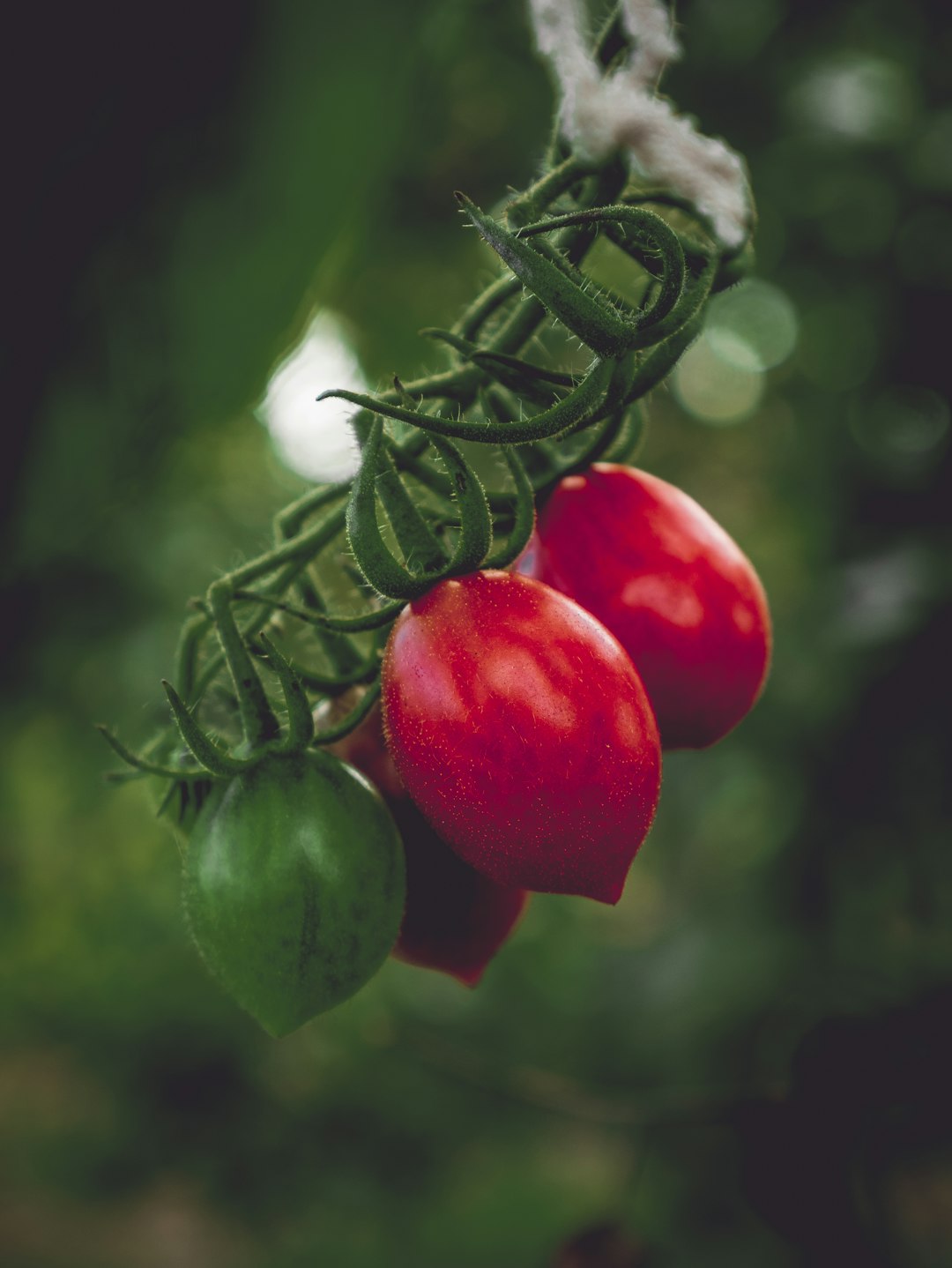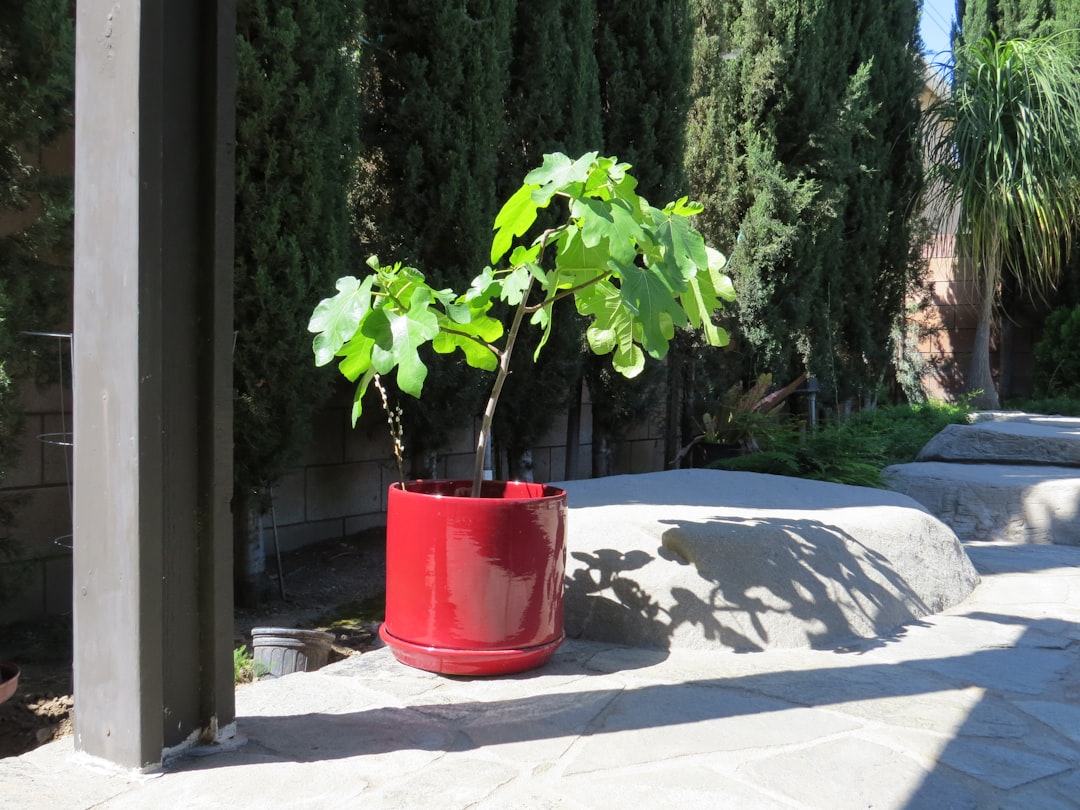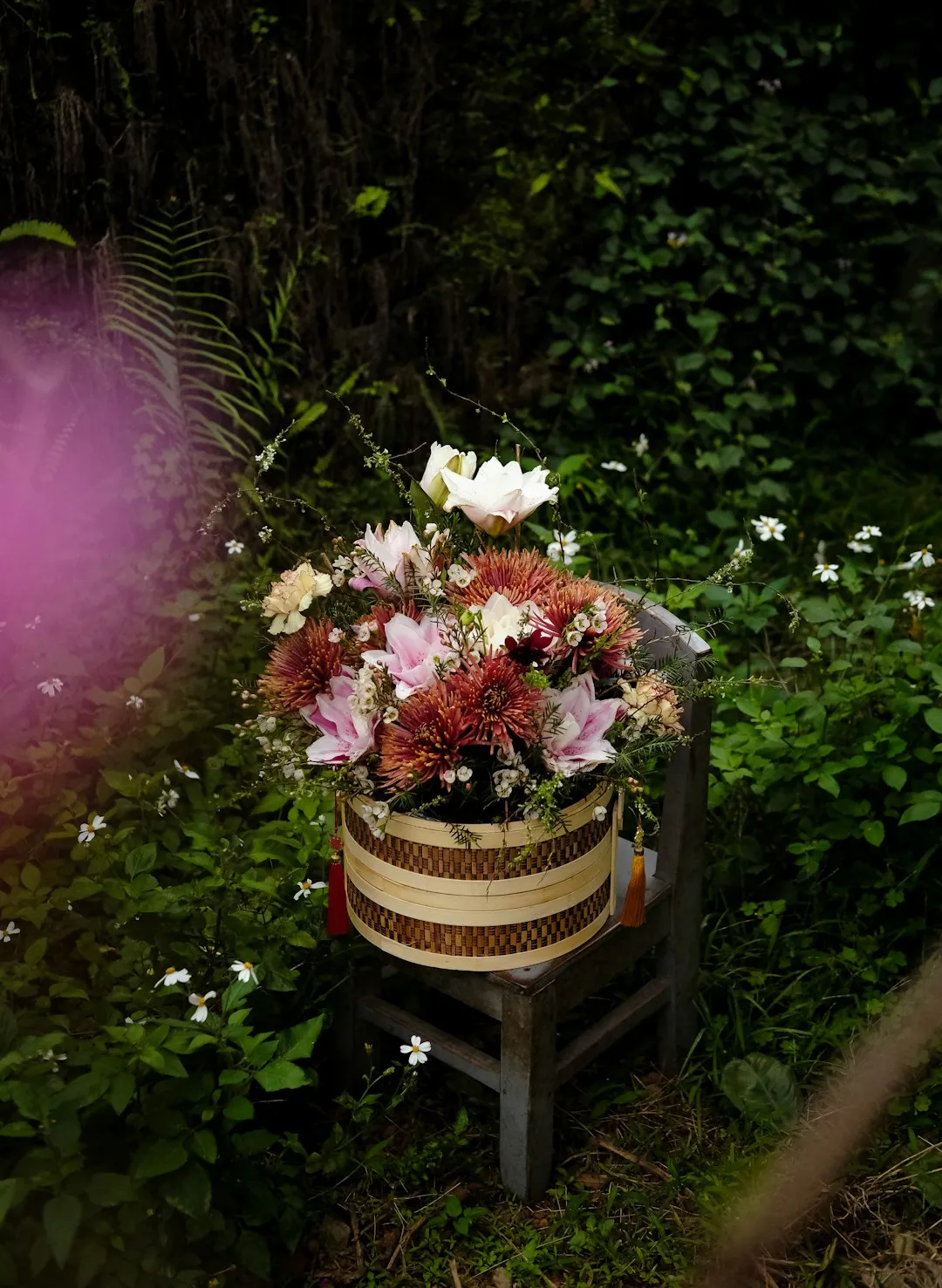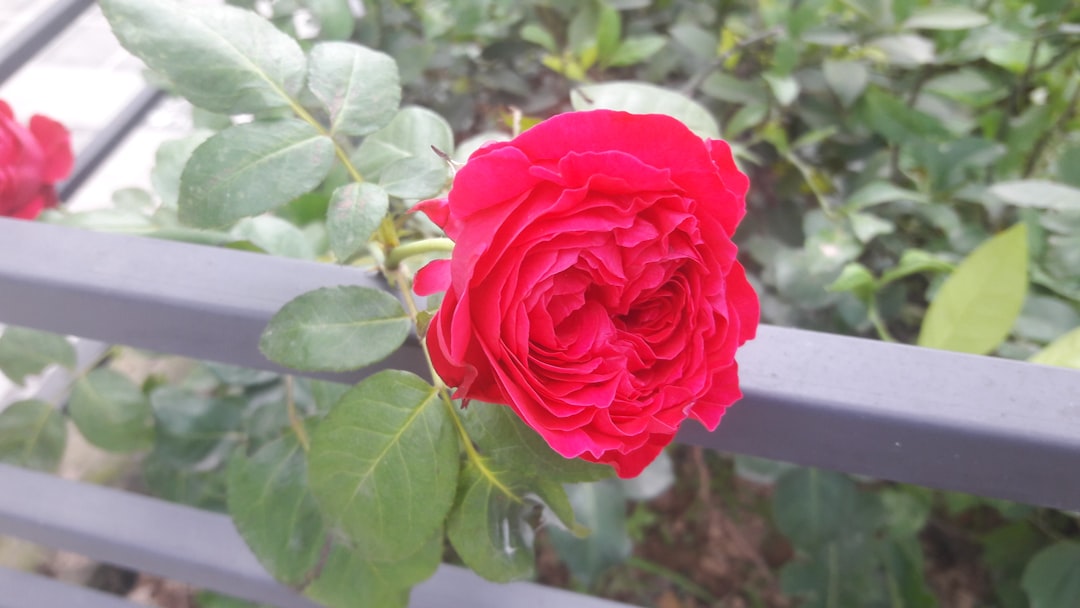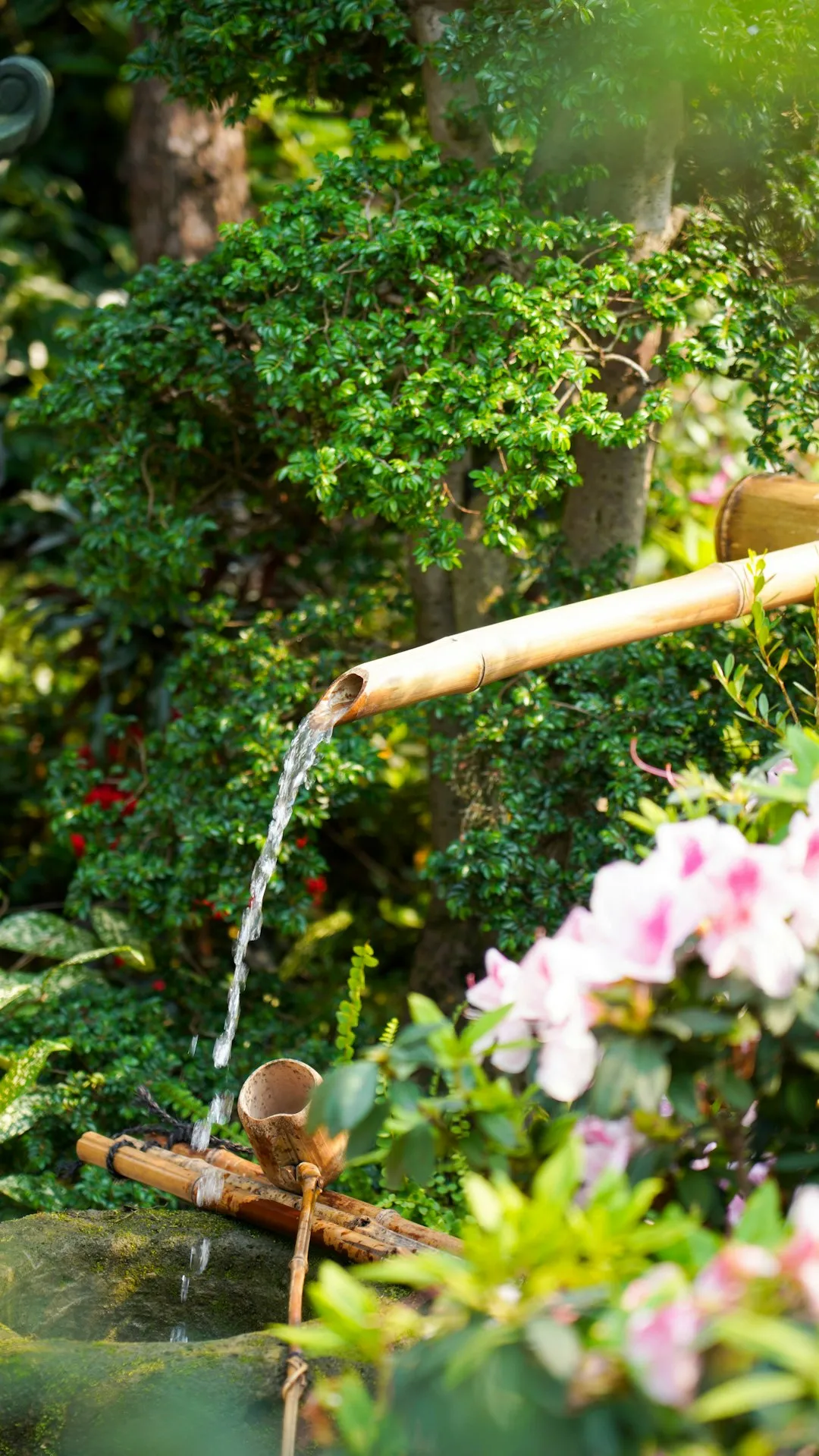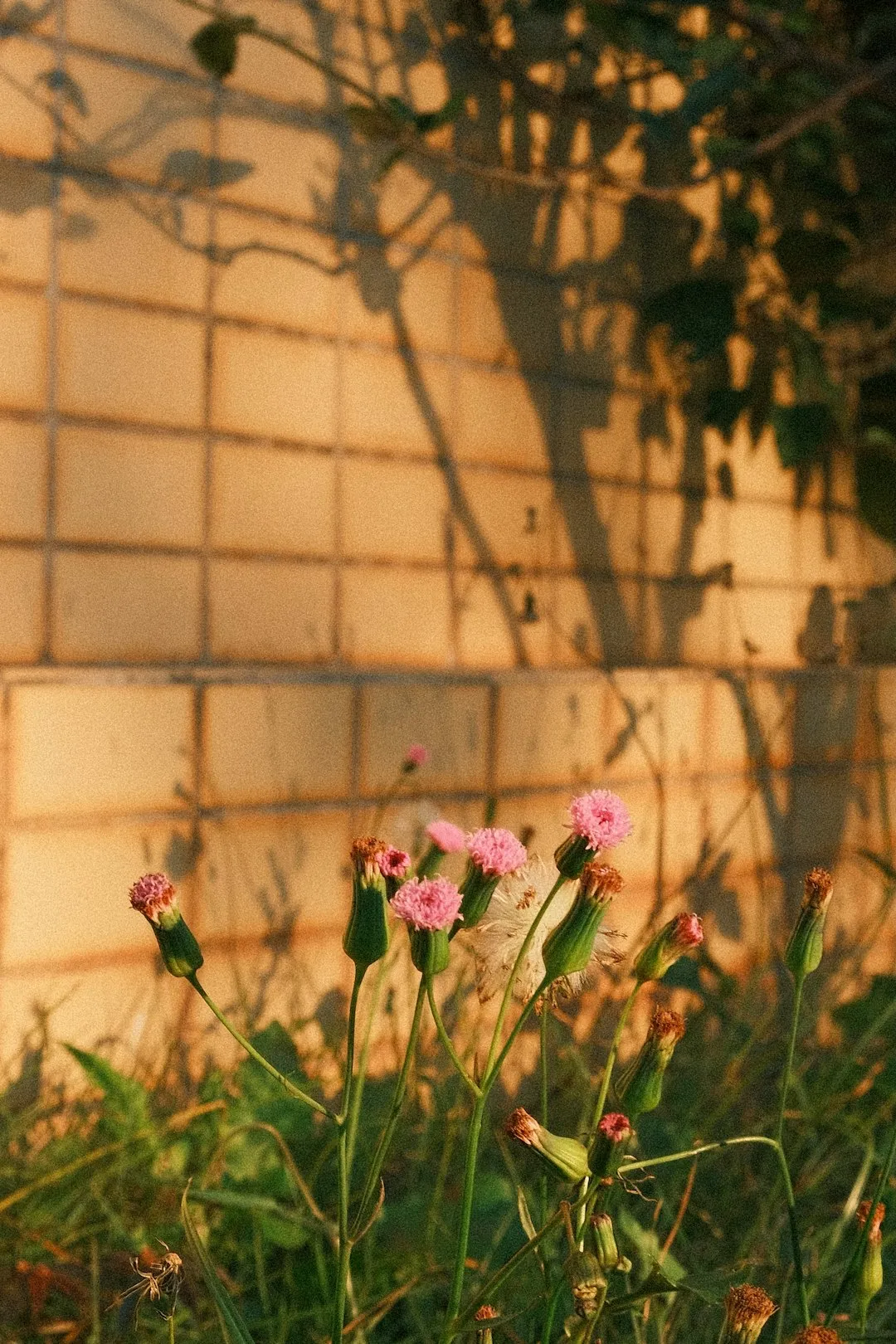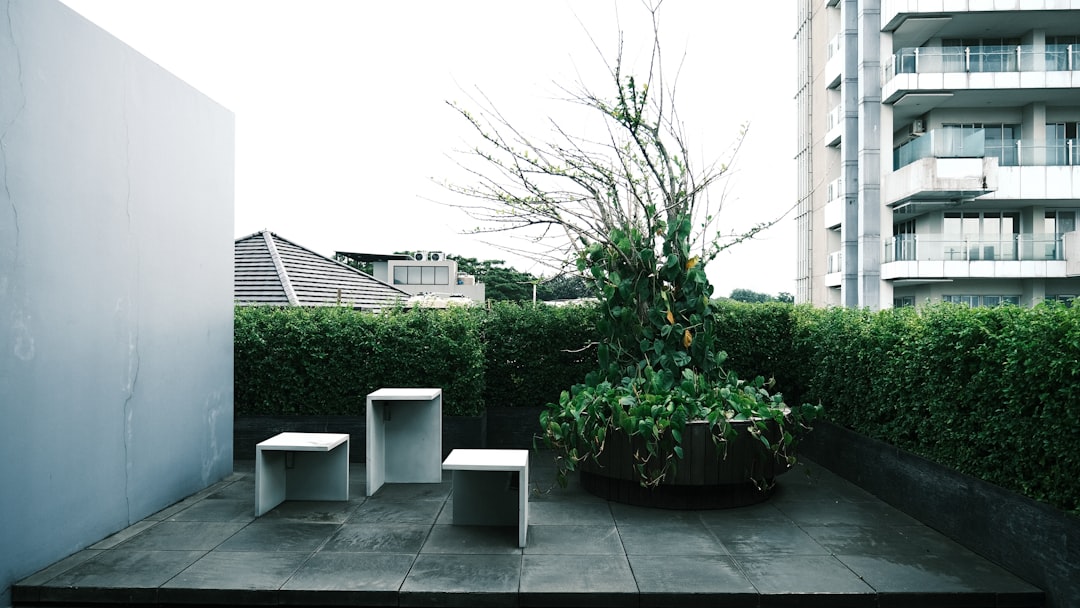When the frosty grip of winter still holds the outdoors in its chill, and the thought of traditional gardening seems like a distant dream, you might be tempted to put your gardening aspirations on hold. However, this is actually the opportune moment to roll up your sleeves and engage in some crucial planning and preparation. These early steps can set the stage for a bountiful and beautiful garden when the warmer days finally arrive.
One of the most rewarding activities during the cold season is starting seeds indoors. This process allows you to get a head start on the growing season. First, you'll need to select the right seeds for your garden. Consider the climate in your area, the amount of sunlight your garden receives, and your personal preferences for flowers, vegetables, or herbs. For instance, if you're in a region with a short growing season, fast - maturing varieties like lettuce, radishes, and spinach are excellent choices for vegetables. For flowers, petunias and marigolds are popular and relatively easy to start from seed.
Once you've chosen your seeds, it's time to gather the necessary supplies. You'll need seed trays or small pots, a high - quality seed starting mix, and a source of light. The seed starting mix is crucial as it provides the right balance of nutrients and drainage for the delicate seedlings. Fill your trays or pots with the mix, leaving about a quarter - inch of space at the top. Plant the seeds according to the instructions on the seed packet, which typically include information on how deep to plant and how far apart to space them. After planting, gently water the soil until it's evenly moist but not waterlogged.
Light is essential for the healthy growth of seedlings. If you don't have a sunny window that receives several hours of direct sunlight each day, you can use grow lights. Position the lights about 2 - 3 inches above the seedlings and keep them on for 14 - 16 hours a day. As the seedlings grow, you may need to adjust the height of the lights to prevent them from getting too leggy.
Another important task during the cold months is pruning shrubs. Pruning helps to shape the shrubs, remove dead or diseased branches, and promote healthy growth. Before you start pruning, it's important to do some research on the specific type of shrub you have. Different shrubs have different pruning requirements. For example, some shrubs, like lilacs, should be pruned right after they finish blooming, while others, such as hydrangeas, may require pruning at different times depending on the variety.
When pruning, use sharp and clean pruning shears to make clean cuts. Start by removing any dead, damaged, or crossing branches. Then, shape the shrub by selectively cutting back branches to encourage a more compact and attractive form. Be careful not to over - prune, as this can stress the shrub and reduce its ability to produce flowers or foliage.
Finally, gathering essential tools is a vital part of your winter gardening preparation. Having the right tools on hand will make your gardening tasks much easier and more efficient. Some of the essential tools for gardening include a trowel, a rake, a pair of pruning shears, a hoe, and a watering can or hose. Make sure to clean and sharpen your tools before storing them for the winter. This will help to prevent rust and ensure that they are in good working condition when you need them.
You can also take this time to organize your tools. Create a tool shed or storage area where you can keep your tools neatly arranged. Label the shelves or bins to make it easy to find what you need. Additionally, consider investing in some new tools if there are any that you've been meaning to get. For example, a good quality soil tester can help you determine the pH and nutrient levels of your soil, which is crucial for the health of your plants.
In conclusion, just because it's too cold to garden outdoors doesn't mean you can't make significant progress in your gardening journey. By starting seeds indoors, pruning shrubs, and gathering essential tools, you'll be well - prepared for a successful gardening season when the weather warms up. So, embrace the cold and use this time to lay the foundation for a thriving garden.


